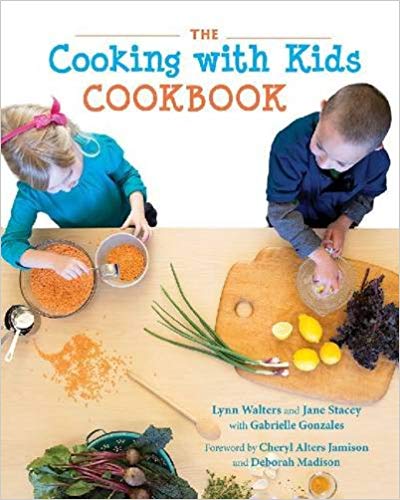Brown Butter Peach Cobbler, Black Codes, and Convict Leasing
I thought I didn’t like peach cobbler. It was not something I ate a lot growing up and when I did, it was always the kind of cobbler with biscuits on top. I had no idea that THIS kind of cobbler existed. This cobbler is crispy, gooey, salty, and peachy. Everything I want in a dessert.
Because I am not all too familiar with peach cobbler I took a relatively quick look into history at the origin of tis dish. Like many histories of food, the cobbler’s origin is debated. Back in the day, peach cobbler (or cobblers with other kinds of fruit) were cooked over an open fire and served not as dessert, but as part of breakfast or a main meal. In 1881, a recipe for peach cobbler appeared in a cookbook, What Mrs. Fisher Knows about Old Southern Cooking, written by a formerly enslaved woman named Abby Fisher. Peach cobbler is a popular Southern dessert and Soul Food dessert eaten across the country (but especially in the South).
Georgia is especially known for its peaches. An NPR article (https://www.npr.org/sections/thesalt/2017/07/21/537926947/the-un-pretty-history-of-georgias-iconic-peach) from 2017 discusses how the history of peaches in Georgia is intimately connected to the legacy of slavery. Georgia jumped on the peach orchard cultivation after the end of the Civil War in an effort to distance their state its associations with plantations and cotton growing.
But who was to do the labor on these orchards? Enter - “Black Codes” and Convict leasing.” Black codes were laws that restricted movement, leisure, and criminalized poverty. Police were introduced to surveil the movements of African Americans. When an African American was found guilty, they were often forced to work in slave-like conditions. In this way, the origin of policing in the United States, served the purpose of providing workers for a now absent labor force. The book, From #BLM to Black Liberation goes in depth on the topic, . Taylor (the author of From #BLM to Black Liberation) writes, “These laws made it clear that policing was more than simply racist: the police worked with those in power to provide a regular labor force to replace the labor that had been disrupted by slavery’s end” (110).
“Convict leasing” is a term to describe the loophole in the 13th amendment (ending slavery) “that allowed for the incarcerated to be treated like slaves” (111). Once again, those put in prison could be loaned out to perform unpaid labor.
The shape shifting from slavery to Black Codes to Convict Leasing to the era of mass incarceration is what many call “Slavery by another name.” Slavery may be illegal but the institutions and structures of society have adapted and morphed to produce a similar result to slavery - severe racial inequality. We can see racial inequality today in many places but I like to give concrete examples: the amount of wealth a white family has is 10 times the amount of a Black family. This is because Black people weren’t allowed to own land for hundreds of years and owning land is one of the main ways of creating and passing down wealth.
A discussion of peach cobbler took us down this path and I hope you learned something! I teach my students about this history and hope I can spread some of this knowledge on here as well.
Sources:
Alexander, Michelle. 2010. The New Jim Crow.
13th, the documentary
https://www.bonappetit.com/story/what-is-a-cobbler
https://www.npr.org/sections/thesalt/2017/07/21/537926947/the-un-pretty-history-of-georgias-iconic-peach
Taylor, Keeanga-Yamahtta Taylor. 2016. From #BLM to Black Liberation.
Ingredients:
5 medium peaches
1/4 cup brown sugar
3/4 cup white sugar
1/2 cup (1 stick of 8 tablespoons) unsalted butter
1 cup all purpose flour
1 cup milk
1 teaspoon salt
1 1/2 teaspoons baking powder
Instructions:
Preheat oven to 375 degrees F.
The first step is to brown the butter. Melt butter in saucepan over medium heat. Continue heating and swirling pan until butter turns a light brown color and smells nutty. Remove from heat and pour into an 8x8 inch pan.
Cut peaches into wedges and toss with 1/4 cup brown sugar.
Make the batter by combining flour, salt, white sugar, and baking powder. Add milk and stir until just combined. Pour into 8x8 inch pan over brown butter. Place peaches on top of batter.
Bake for 20 to 30 minutes until crispy and brown on top.
Serve with ice cream.












